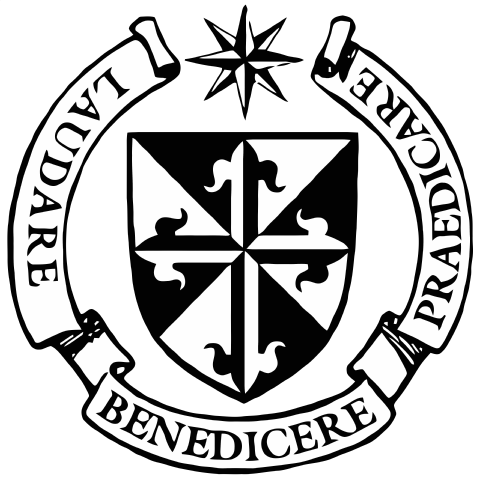1947 Chronicles (3): On the Corner of Race Hill and Hoop Pole Roads
Farmhouse buildings were brought together to form the original Monastery of Our Lady of Grace
After breakfast the sisters began the task of exploring the old farmhouse and trying to make some semblance of livable order amidst the chaos that was before them.
“Our repast over and dishes washed and put away, an adventurous investigation of our new home began. The large house, covered not too thoroughly by faded and very old green shingles, stood on the corner of Hoop Pole and Race Hill Roads; these are Indian names that have been carried down from the time when the Indians inhabited the Connecticut Valley. The house seemed ancient and we were not surprised to discover later that it had been built in Revolutionary War days. A giant fir tree grew in the front yard, almost hiding the house from view. There were also two magnificent elm trees, one on each side of the house; these later had grown so tall that they towered high above the roof.
“The house seemed ancient and we were not surprised to discover later that it had been built in Revolutionary War days...”
“On Hoop Pole Road and facing the larger house, there was a smaller white house, our Chaplain’s future residence. About two hundred paces south on Hoop Pole Road, there was an empty horse barn. In this barn, the Dominican Fathers had stored the old, wooden altar that we were to scrub and use as our first altar. About two hundred paces north from the large house, there was a large cow barn. Its first floor was the home of three or four cows – the caretaker had been renting them. This barn’s loft was bulging with the hay that had been harvested that fall. These four buildings comprised the new Monastery of Our Lady of Grace.
“Our main interest was in the larger house, which was to be our cloistered residence, and there was so much to do before nightfall. The fifteen-room house really resembled some kind of warehouse. In addition to the unwelcome furniture and clothing left behind by previous occupants, the men from the moving van, which we had sent from Summit weeks before, had used every available space to pile carton upon carton of supplies. From this disorder, cots, which Father Moore had purchased from an Army Surplus Store, had to be unearthed and assembled by Arthur and Tommy – they discovered that the easiest way to assemble them was to have a tug-of-war game with each other. After the cots had been assembled, we partitioned the large bedrooms on the second floor with pieces of unbleached cotton. Knowing that Mother was a very light sleeper and in need of every bit of rest possible, we thoughtfully kept the smallest room as a private cell for her. One large room in the front corner of the house was assigned to Sister Mary Winifred, our Extern Sister, Margaret Cox, and Mrs. Meehan; Mother perceived that this part of the house could later be sealed off very easily from our cloistered part. The other bedrooms were just as large as this one and were easily divided into separate cells with the aid of our makeshift curtains. Later, these curtains caused many a laugh when they fell at very unexpected times.
“He very seriously looked up into her eyes and asked, ‘Does your mother know you’re doing this?’”
“The Morriartys had taken the shades and curtains from most the windows; so Mother commissioned some of the Sisters to put white water paint on all the windows that faced the street. When Georgie, the Morriarty’s little six-year-old son, saw Sister Mary Winifred very industriously daubing a window, an action that he only knew would occasion a spanking if indulged in by himself, he very seriously looked up into her eyes and asked, ‘Does your mother know you’re doing this?’”
Please share our jubilee posts with family and friends! All pictures and archive documents are property of the Monastery of Our Lady of Grace and may not be reproduced without permission.

